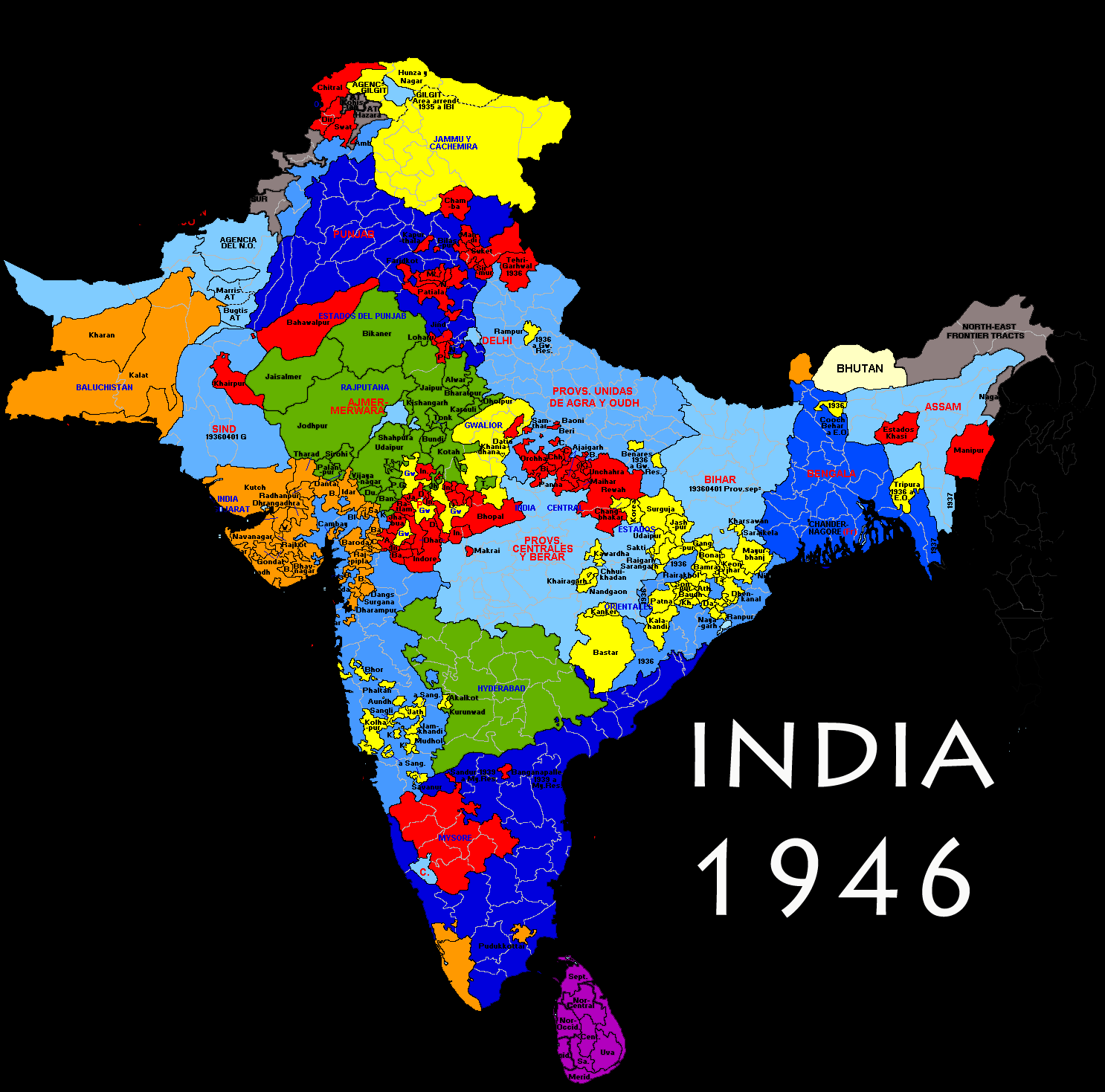THE PAST IS A FUTURE COUNTRY

[stextbox id=”black”]OΔsisCities have the potential to resurrect and re-invent the concept of Free Cities

As a lover of maps, and especially Historical Atlases, I was always fascinated by the formerly fiendishly complicated map of central Europe. Before Napoleon’s 1806 dissolution of the “Holy Roman Empire” (“not Holy, not Roman, nor an Empire” quipped Voltaire) – Germany was a complex patchwork of hundreds of small states – Principalities, Dukedoms, Counties, Electorates, Bishoprics, and even Margravates, whatever they were.
There were also once perhaps as many as 100 “Free Cities”, some of which (e.g, Metz, Sedan and Strassburg) were swallowed-up by France in the late 17th century during Louis XIV’s eastward expansion, whilst others were terminated by Napoleon. A lucky few, which had earlier seceded from the HRE, have survived to the present day as Swiss Cantons. Free Cities tended to specialise in a particular product or craft – Nuremburg and Augsburg being once famous for their exquisite suits of armour. Others were famous for their cloth, ceramics, sausages, beer, etc. Craft specialisation also existed in cities of unitary states like Britain but specialist skills were taken to a higher level in pre-unification Germany, and this legacy of excellence continues in modern-day Germany. The same could be said about Northern Italy, which once had over 200 city states.

Many states were separated into non-contiguous parts with numerous enclaves and exclaves and complex ever-shifting boundaries. Although this appears to have been (and no doubt was) a fiendishly complicated political arrangement – in light of Germany’s more recent history as a unified state, one must ask – “would it not have been far better for everyone (and especially the Germans) if it had remained as an un-unified patchwork”..? And Italy now mired in a culture of corruption allegedly imported from the Mafias of the south. But why devolve only Germany and Italy? Given the mass-migration of alien, culturally incompatible and troublesome 3rd world “enrichers” into Europe, surely now is the time to re-consider our concept of “unified” nation-states, which attempt to satisfy everyone but end-up satisfying no-one..?
INDIA’S “PRINCELY STATES” (stub)

The princely states varied greatly in status, size, and wealth; the premier 21-gun salute states of Hyderabad and Jammu and Kashmir were each over 200,000 km2 (77,000 sq mi) in size. In 1941, Hyderabad had a population of over 16 million, while Jammu and Kashmir had a population of slightly over 4 million. At the other end of the scale, the “non-salute” principality of Lawa covered an area of 49 km2 (19 sq mi), with a population of less than 3,000. Some two hundred of the lesser states even had an area of less than 25 km2 (10 sq mi).

